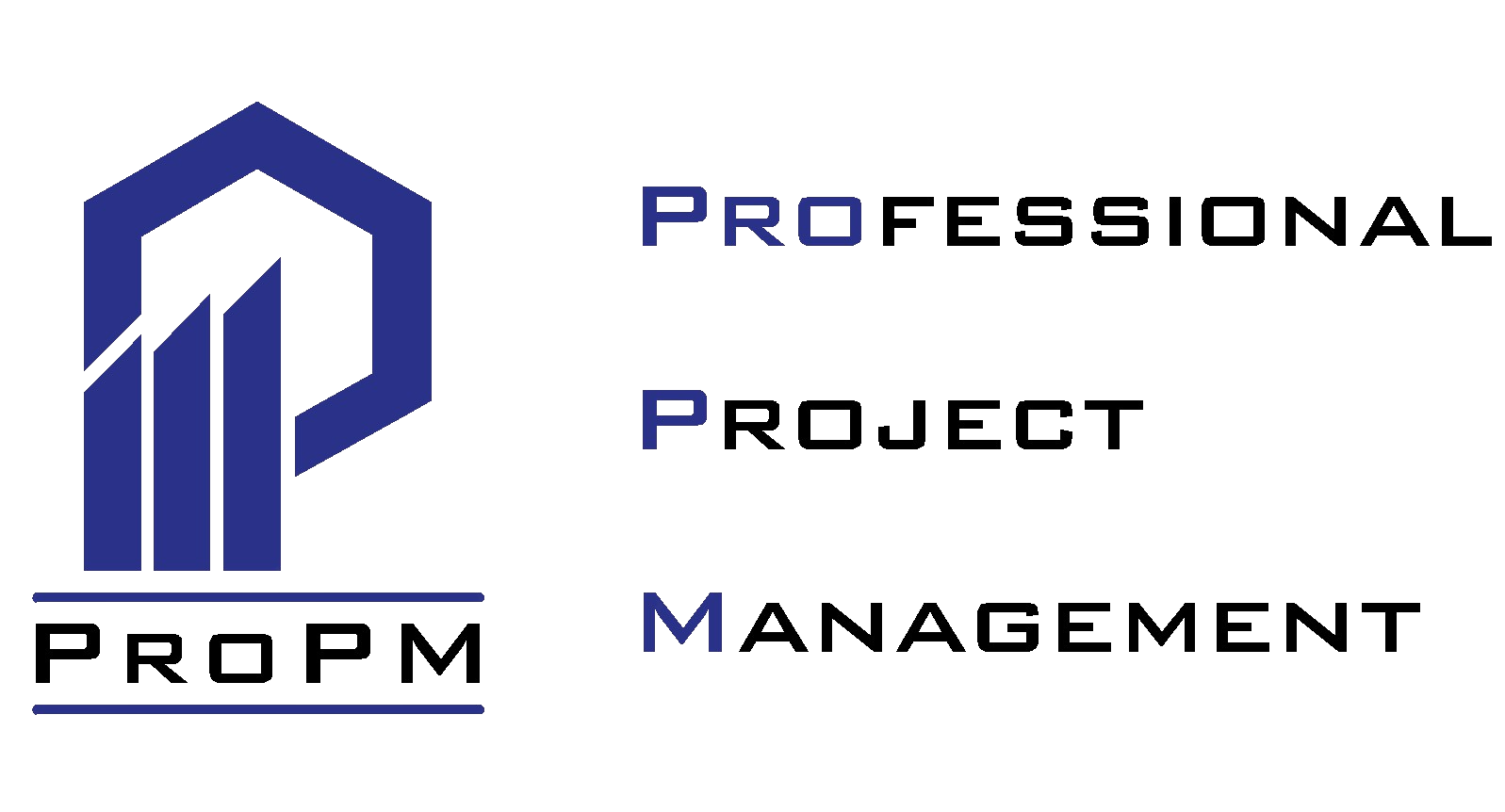Building Life Cycle Analysis is a method that evaluates the environmental impacts of a building throughout its entire life cycle. This analysis starts from obtaining the raw materials of the building, covers the production, construction, use, maintenance and repair processes, and finally includes the demolition and disposal stages. LCA analyzes in detail factors such as energy consumption, water use, waste production and greenhouse gas emissions in order to identify and reduce environmental impacts.
The construction industry is one of the industries with the highest environmental impacts on a global scale. There is a significant amount of natural resource use and greenhouse gas emissions at many stages, from the production of building materials to the construction of buildings, from energy consumption throughout their lifetime to their destruction. Therefore, sustainability efforts are of great importance in the construction industry. Building Life Cycle Analysis (LCA) stands out as one of the most effective tools in these efforts.
What is Building Life Cycle Analysis?
Building Life Cycle Analysis is a method that evaluates the environmental impacts of a building throughout its entire life cycle. This analysis starts from obtaining the raw materials of the building, covers the production, construction, use, maintenance and repair processes, and finally includes the demolition and disposal stages. LCA analyzes in detail factors such as energy consumption, water use, waste production and greenhouse gas emissions in order to identify and reduce environmental impacts.
The Importance of LCA in the Construction Industry
Reducing Environmental Impacts: LCA provides a comprehensive road map to minimize the environmental impacts of structures. This allows for improvements in many areas, from material selection to energy efficiency.
Resource Efficiency: LCA enables more efficient use of resources in construction projects. This helps both reduce costs and increase environmental sustainability.
Reducing Greenhouse Gas Emissions: The construction sector accounts for a significant portion of global greenhouse gas emissions. LCA determines at which stages emissions are concentrated, allowing improvements to be made at these stages.
Healthier Buildings: LCA also evaluates the effects of building materials and processes on human health. In this way, it is possible to create healthier living spaces.
Application Stages of Building Life Cycle Analysis
Goal and Scope Definition: The first stage of LCA is to determine which stages of the life cycle of the building to be analyzed will be evaluated. At this stage, goals and scope are clearly defined.
Inventory Analysis: At this stage, data such as materials used, energy consumption, water use and waste produced throughout the building life cycle are collected and analyzed.
Impact Assessment: Using the collected data, the environmental impacts of the building are evaluated. This evaluation is made based on criteria such as energy consumption, water use, waste production and greenhouse gas emissions.
Interpretation: In the final stage, the results obtained are interpreted and improvements that can be made in building design, material selection and construction processes are determined.
Advantages of LCA for Sustainable Construction
Improved Material Selection: LCA helps select materials that minimize environmental impacts. This both increases energy efficiency and reduces waste production.
Energy Efficiency: LCA is a critical tool for improving the energy efficiency of buildings. In this way, energy consumption is reduced throughout the lifetime of buildings.
Cost Savings: Resource efficiency and energy savings contribute to reducing costs in the long term.
Environmental Sustainability: LCA contributes to creating greener and more livable cities by increasing the environmental sustainability of buildings.
Building Life Cycle Analysis is a critical tool for achieving sustainability goals in the construction industry. It enables the construction of more efficient and sustainable structures by providing a comprehensive assessment of environmental impacts. In the future, more widespread use of LCA will significantly reduce the environmental impacts of the construction industry.
